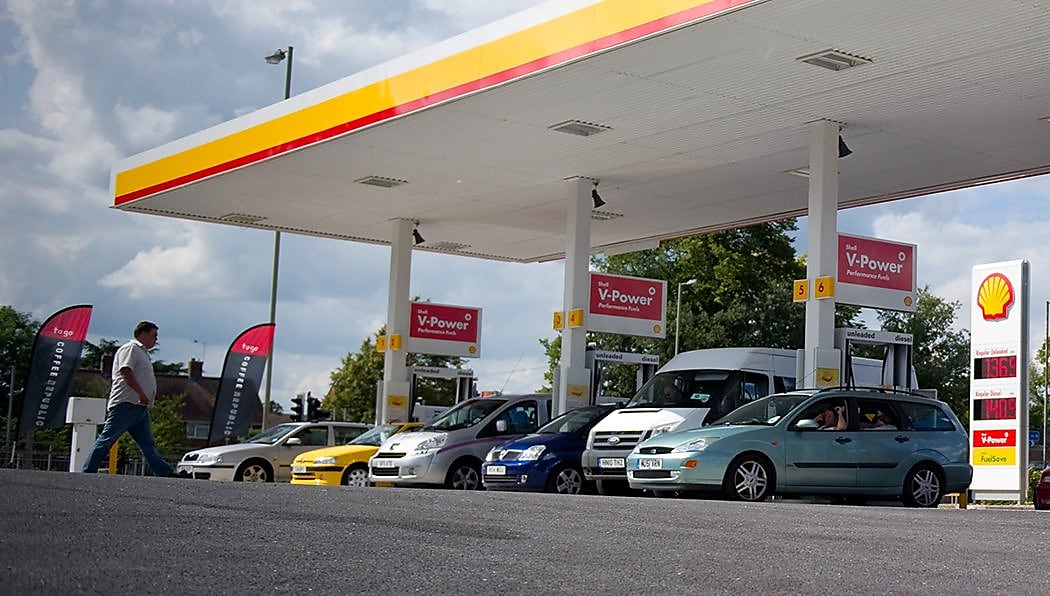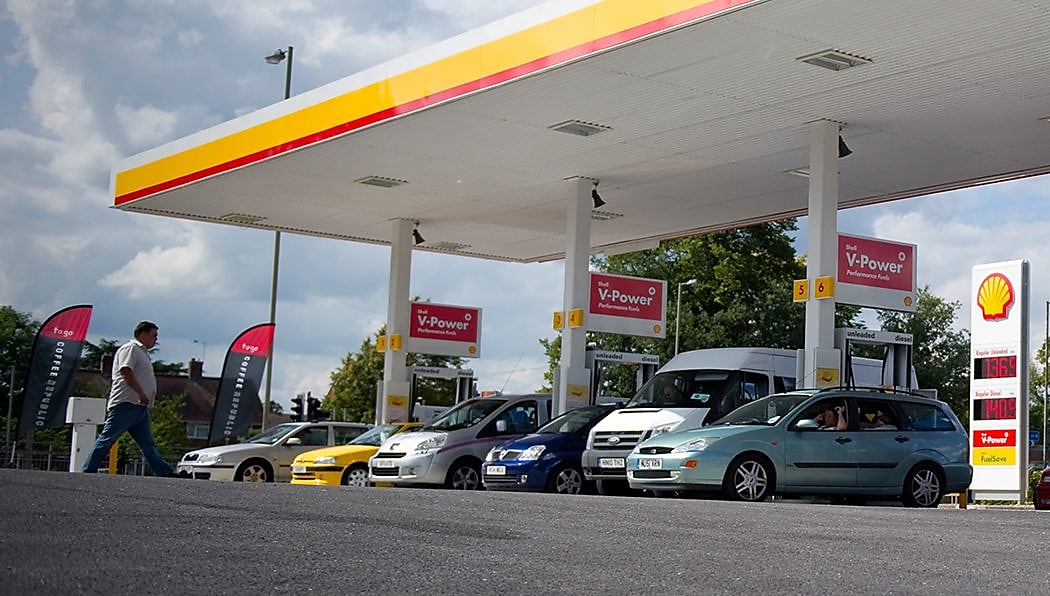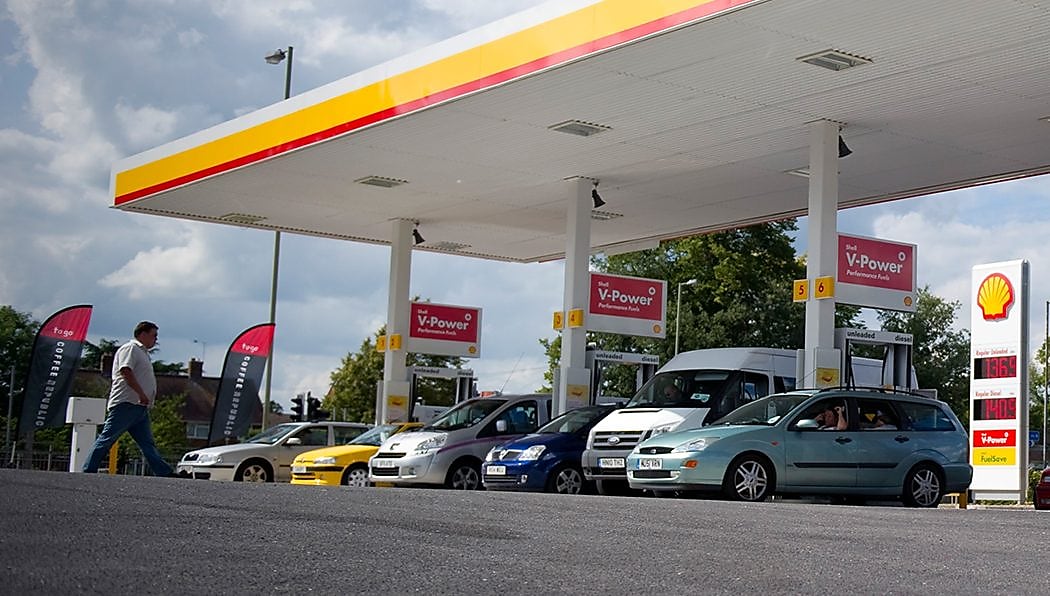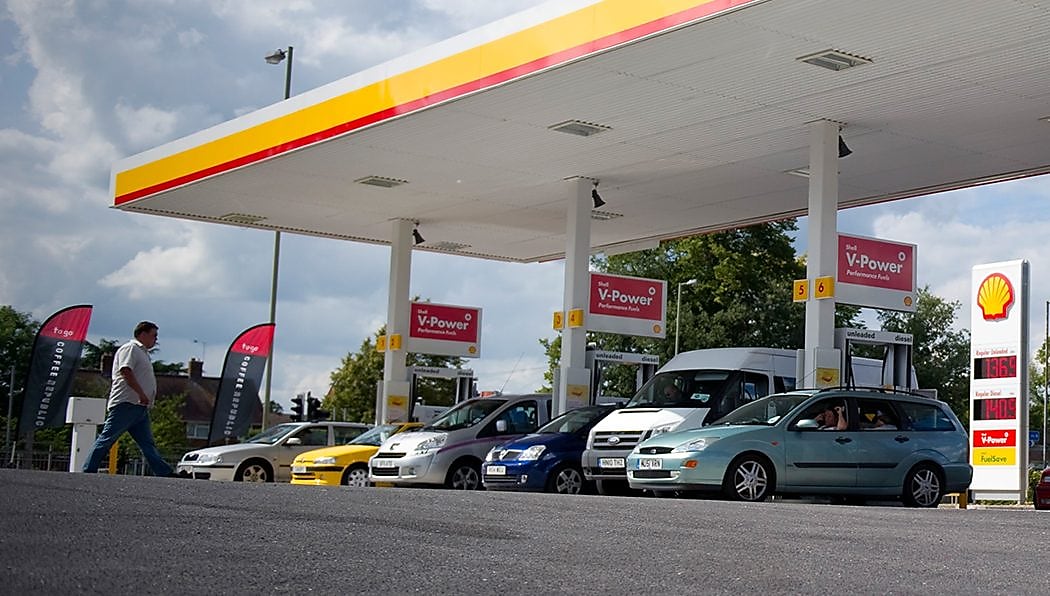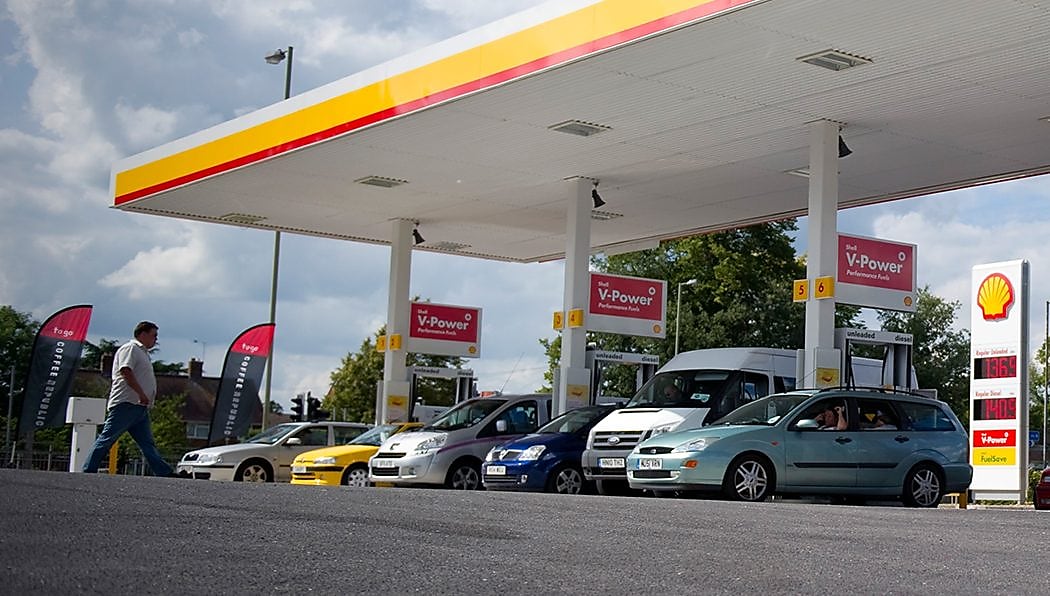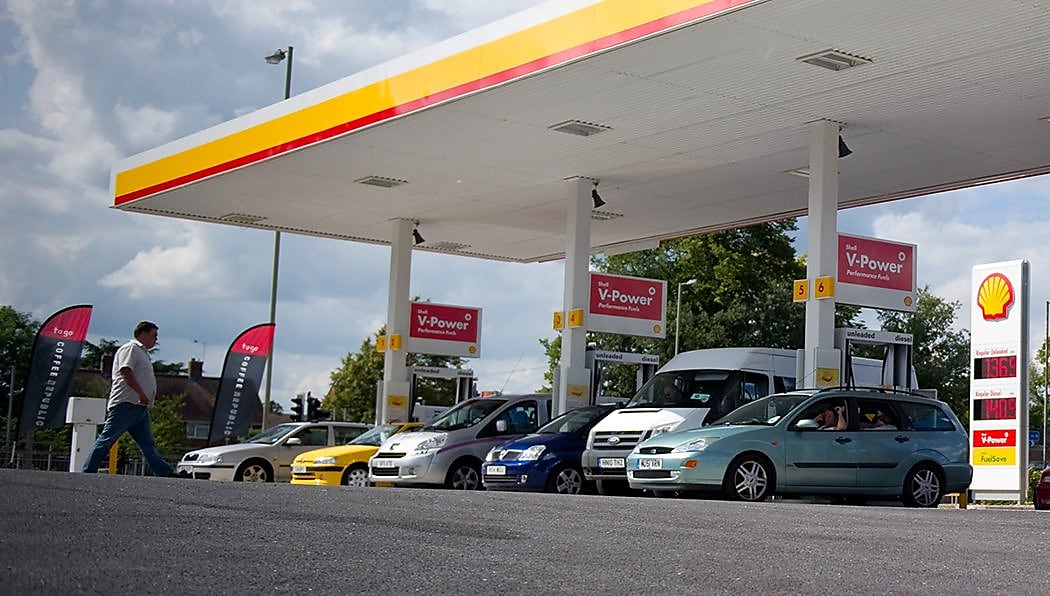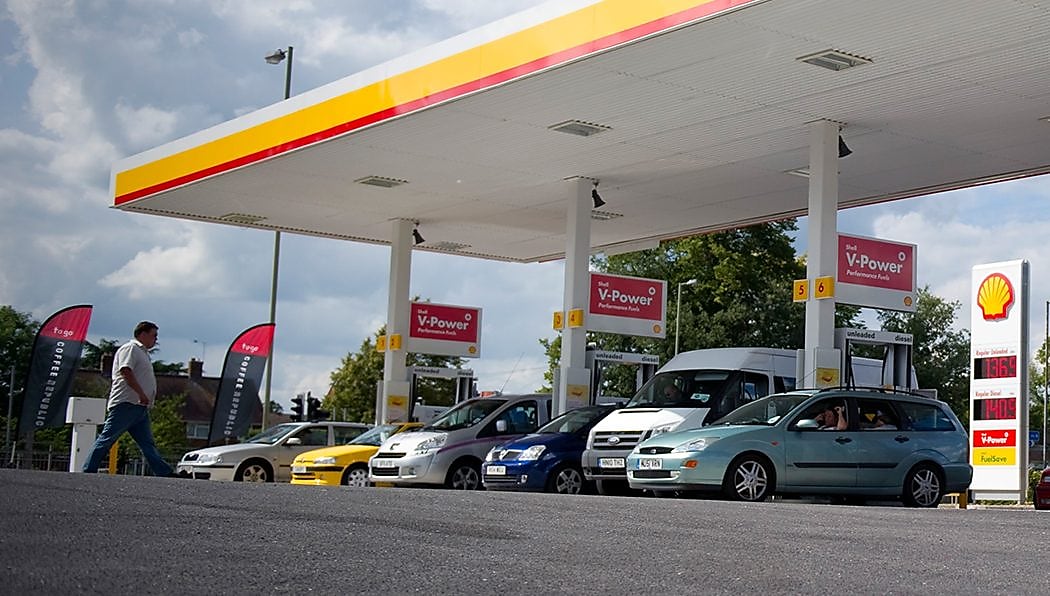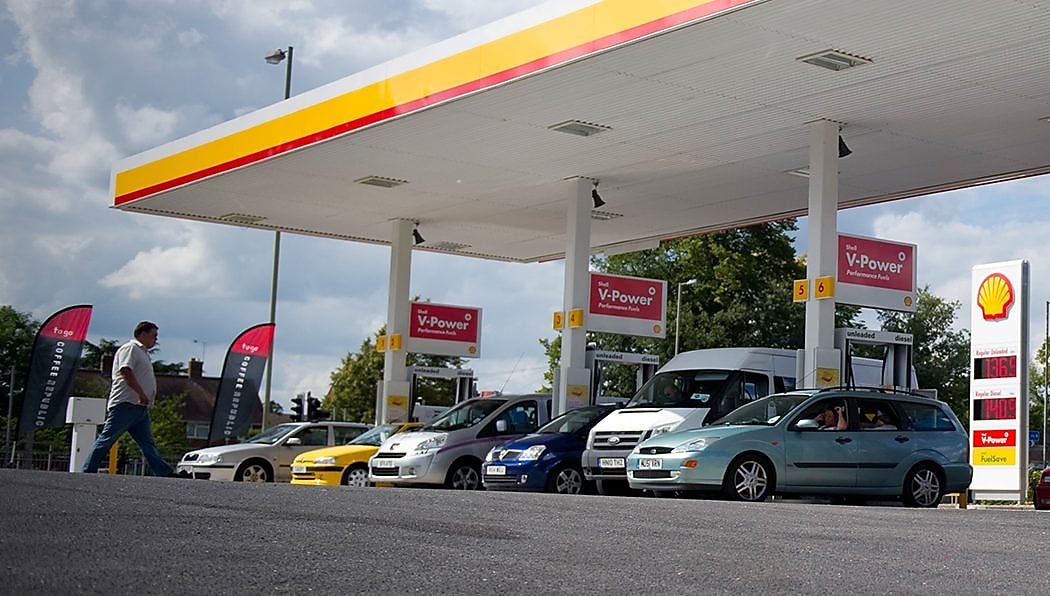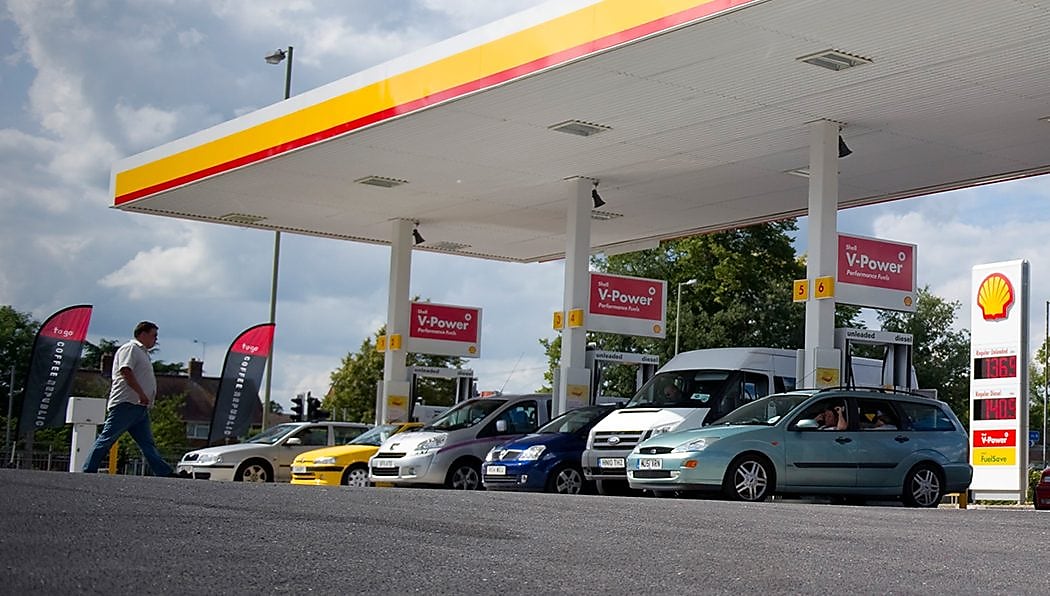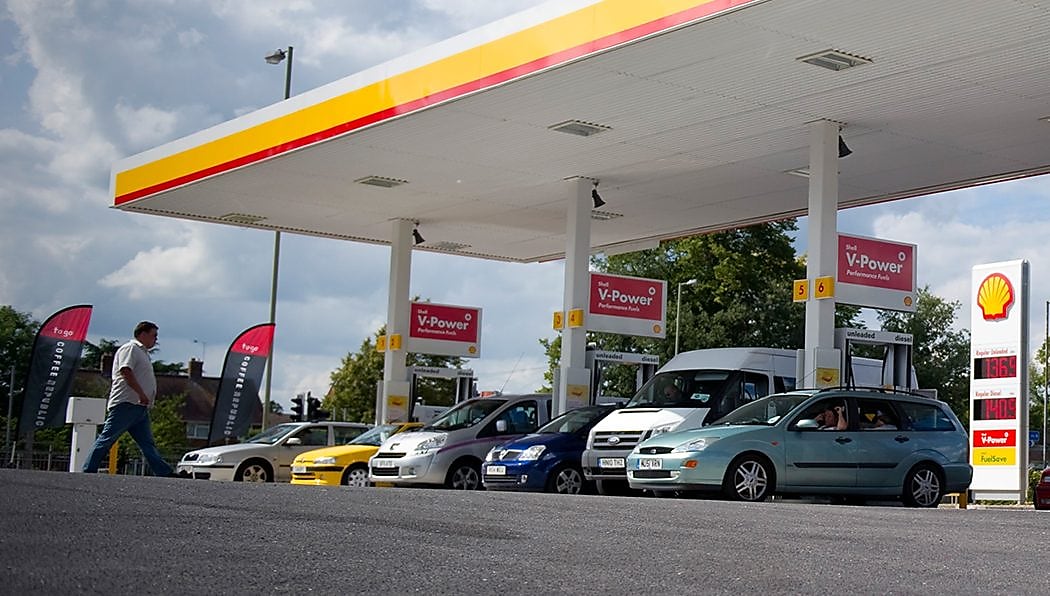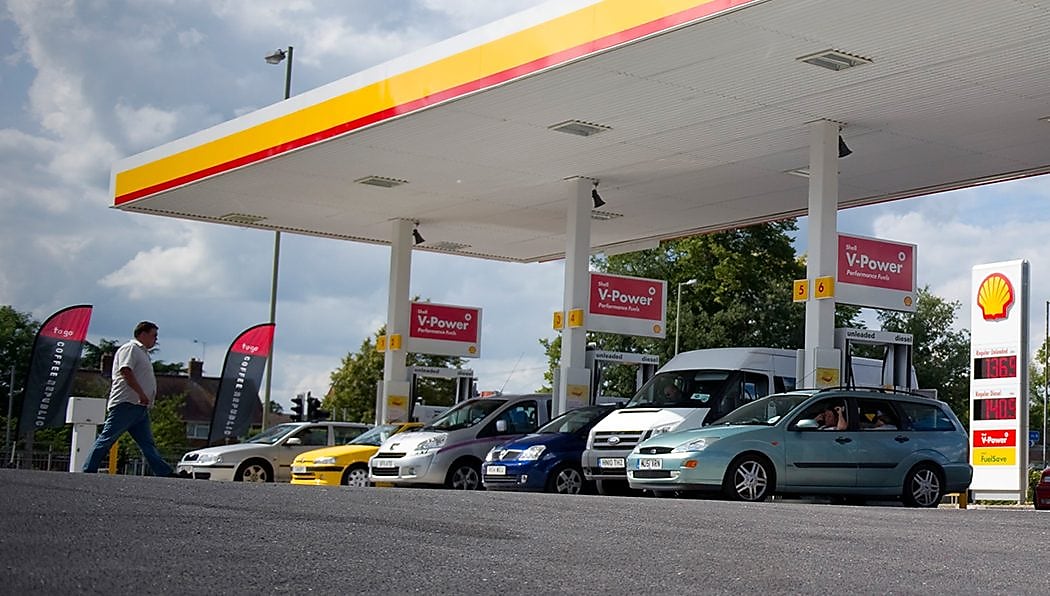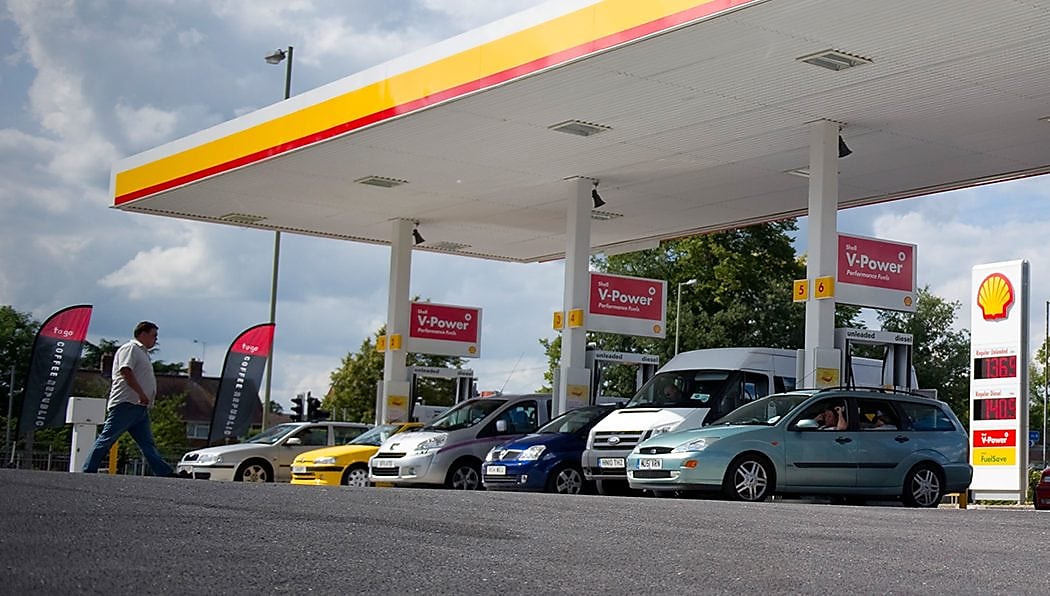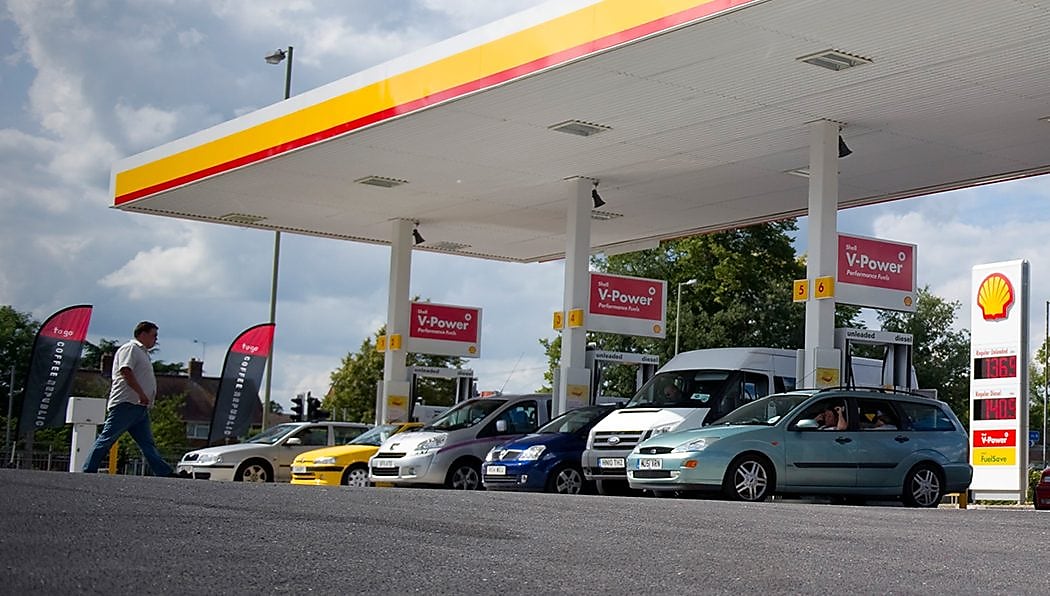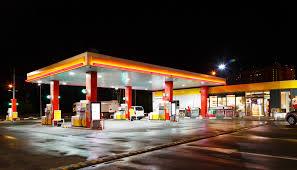Petrol Station Property Insurance: Fuel Storage & Equipment Protection
Running a petrol station involves significant property investments and unique risks that standard commercial property insurance simply cannot adequately cover. From underground fuel storage tanks to sophisticated dispensing equipment, petrol stations require specialized property insurance that understands the complexities of fuel retail operations.
Understanding Petrol Station Property Risks
Petrol stations face a distinctive combination of property risks that set them apart from other retail businesses. The presence of flammable materials, underground infrastructure, and expensive specialized equipment creates a risk profile that demands comprehensive protection.
Underground Storage Tank Risks
Underground storage tanks (USTs) represent one of the most significant property risks for petrol stations. These tanks, which can cost tens of thousands of pounds to replace, are vulnerable to corrosion, structural damage, and environmental contamination. When USTs fail, the consequences extend far beyond simple replacement costs.
Tank failure can result in soil contamination, groundwater pollution, and extensive environmental remediation costs. The average cost of cleaning up a fuel spill from a failed UST can range from £50,000 to £500,000, depending on the extent of contamination and local environmental conditions.
Fuel Dispensing Equipment Vulnerabilities
Modern fuel dispensers are sophisticated pieces of equipment containing electronic components, payment systems, and precision fuel delivery mechanisms. A single fuel dispenser can cost between £15,000 and £30,000 to replace, making them significant property assets requiring protection.
These dispensers face risks from vehicle impacts, vandalism, weather damage, and electronic component failures. The integrated payment systems are particularly vulnerable to both physical damage and cyber attacks, creating additional layers of risk that property insurance must address.
Canopy and Structural Protection
The forecourt canopy is often the most visible and expensive structural element of a petrol station. These large steel and concrete structures provide weather protection for customers and equipment while displaying branding and pricing information. Canopy replacement costs can easily exceed £100,000 for a typical petrol station.
Wind damage, snow loading, and structural fatigue are primary concerns for canopy protection. The large surface area makes canopies particularly vulnerable to severe weather events, while the constant exposure to fuel vapors and vehicle emissions can accelerate structural deterioration.
Specialized Coverage Requirements
Standard commercial property insurance policies typically exclude or provide inadequate coverage for petroleum-related risks. Petrol station operators need specialized coverage that addresses their unique property protection needs.
Environmental Liability Coverage
Environmental liability coverage is essential for petrol station property insurance. This coverage protects against the costs of environmental cleanup, regulatory fines, and third-party claims resulting from fuel spills or contamination.
The coverage should include both sudden and gradual pollution events, as fuel contamination can occur through both catastrophic tank failures and slow leaks that develop over time. Gradual pollution coverage is particularly important for older petrol stations where aging infrastructure may be more prone to slow deterioration.
Business Interruption for Fuel Operations
Business interruption coverage for petrol stations must account for the unique aspects of fuel retail operations. Unlike other retail businesses, petrol stations cannot simply relocate temporarily while repairs are completed. The specialized infrastructure and regulatory requirements make business interruption coverage particularly critical.
The coverage should account for lost fuel sales, convenience store revenue, and additional expenses incurred during the restoration period. This includes costs for temporary fuel supply arrangements, if possible, and the extended time periods often required for environmental remediation.
Equipment Breakdown Protection
Fuel dispensing equipment, underground pumps, and tank monitoring systems are critical to petrol station operations. Equipment breakdown coverage should provide protection for both the physical equipment and the business interruption that results from equipment failures.
This coverage is particularly important for the electronic components that control modern fuel dispensing systems. A failure in the point-of-sale system or fuel management computer can shut down the entire operation, even if the physical fuel dispensing equipment remains functional.
Underground Storage Tank Insurance
Underground storage tanks require specialized insurance coverage that addresses both the physical tanks and the environmental risks they present. This coverage goes beyond simple property replacement to include comprehensive environmental protection.
Tank Replacement Coverage
Tank replacement coverage should provide for the full cost of removing damaged tanks, installing new tanks, and restoring the forecourt surface. This process often requires specialized contractors and can take several weeks to complete, during which the petrol station cannot operate.
The coverage should also include upgrades required to meet current environmental regulations, as older tanks being replaced may need to comply with more stringent modern standards. This upgrade coverage prevents operators from facing unexpected costs when replacing aging infrastructure.
Contamination Cleanup
Contamination cleanup coverage is perhaps the most critical aspect of UST insurance. This coverage should provide for soil remediation, groundwater treatment, and ongoing monitoring costs that may continue for years after the initial cleanup.
The coverage limits should be substantial, as cleanup costs can quickly escalate depending on the extent of contamination and local environmental conditions. Many policies provide coverage limits of £1 million or more for environmental remediation costs.
Regulatory Compliance
Environmental regulations governing underground storage tanks are complex and constantly evolving. UST insurance should include coverage for regulatory compliance costs, including fines and penalties that may be imposed for violations.
This coverage is particularly important during the claims process, as environmental authorities may impose additional requirements or penalties while cleanup activities are underway. Having insurance coverage for these regulatory costs prevents them from becoming an additional financial burden during an already stressful situation.
Fuel Dispensing Equipment Protection
Modern fuel dispensers represent significant capital investments that require comprehensive protection. These sophisticated machines combine mechanical fuel delivery systems with electronic payment processing and inventory management capabilities.
Physical Damage Coverage
Physical damage coverage for fuel dispensers should protect against all common risks including vehicle impacts, vandalism, weather damage, and mechanical failures. Vehicle impacts are particularly common, as drivers may misjudge distances or lose control while maneuvering around the forecourt.
The coverage should provide for replacement with equivalent modern equipment, as older dispensers may no longer be available or may not meet current safety and environmental standards. This replacement cost coverage prevents operators from facing unexpected upgrade costs when equipment is damaged.
Electronic Component Protection
The electronic components in modern fuel dispensers are vulnerable to power surges, moisture damage, and cyber attacks. These components control everything from fuel flow measurement to payment processing, making their protection critical to continued operations.
Electronic component coverage should include both the physical replacement of damaged components and the costs of reprogramming and recalibrating systems. The coverage should also address data recovery costs if payment processing or inventory management data is lost due to electronic failures.
Payment System Security
Integrated payment systems in fuel dispensers are attractive targets for criminals seeking to steal credit card information. Payment system security coverage should protect against both the costs of security breaches and the business interruption that results from payment system failures.
This coverage should include forensic investigation costs, customer notification expenses, and credit monitoring services for affected customers. The coverage should also address the costs of upgrading security systems to prevent future breaches.
Canopy and Structural Insurance
The forecourt canopy and other structural elements of petrol stations require specialized coverage that addresses their unique construction and exposure risks.
Weather Damage Protection
Canopies are particularly vulnerable to weather damage due to their large surface area and exposed location. Wind damage, hail, and snow loading can all cause significant structural damage that requires immediate attention for safety reasons.
Weather damage coverage should provide for both emergency repairs to ensure public safety and complete reconstruction if necessary. The coverage should also include temporary protection measures, such as barriers or temporary structures, that may be needed while permanent repairs are completed.
Structural Fatigue Coverage
The constant exposure to fuel vapors, vehicle emissions, and weather can cause accelerated deterioration of structural elements. Structural fatigue coverage addresses the gradual weakening of structural components that may not be covered under standard property policies.
This coverage is particularly important for older petrol stations where structural elements may be approaching the end of their design life. The coverage should provide for both preventive maintenance and emergency repairs when structural problems are discovered.
Signage and Branding Protection
Petrol station signage represents both a significant investment and a critical business asset. Large illuminated signs, price displays, and branding elements can cost tens of thousands of pounds to replace and are essential for attracting customers.
Signage coverage should protect against physical damage, electrical failures, and vandalism. The coverage should also address the business interruption that results from damaged signage, as customers may have difficulty locating or identifying the station without proper signage.
Risk Management and Prevention
Effective risk management is essential for maintaining affordable petrol station property insurance and preventing costly claims. Insurance providers often offer premium discounts for operators who implement comprehensive risk management programs.
Regular Inspection Programs
Regular inspection programs help identify potential problems before they become major claims. Underground storage tanks should be inspected regularly for signs of corrosion or structural damage, while fuel dispensers require routine maintenance to ensure proper operation.
These inspection programs should be documented and shared with insurance providers, as they demonstrate a commitment to risk management that can result in lower premiums. Many insurers require regular inspections as a condition of coverage.
Environmental Monitoring
Environmental monitoring systems can detect fuel leaks before they become major contamination events. These systems continuously monitor soil and groundwater around storage tanks, providing early warning of potential problems.
Investment in environmental monitoring systems often pays for itself through reduced insurance premiums and early detection of problems that would otherwise become expensive claims. Many insurance providers offer significant discounts for operators who install and maintain these systems.
Security Measures
Security measures protect against vandalism, theft, and other criminal activities that can result in property damage. Modern security systems should include surveillance cameras, motion detectors, and alarm systems that provide comprehensive protection.
These security measures should be integrated with local law enforcement and security monitoring services to ensure rapid response to incidents. The presence of effective security systems can significantly reduce insurance premiums while protecting against costly claims.
Choosing the Right Insurance Provider
Selecting an insurance provider for petrol station property coverage requires careful consideration of their experience with petroleum risks and their claims handling capabilities.
Industry Expertise
Insurance providers should have specific experience with petrol station risks and understand the unique challenges facing fuel retail operations. This expertise is essential for proper coverage design and fair claims handling.
Providers with petroleum industry experience are more likely to offer appropriate coverage limits, understand the complexities of environmental claims, and provide risk management support that helps prevent losses.
Claims Handling Capabilities
Claims handling capabilities are particularly important for petrol station property insurance due to the complex nature of many claims. Environmental contamination claims, in particular, require specialized expertise and resources that not all insurers possess.
The insurance provider should have established relationships with environmental remediation contractors, regulatory experts, and specialized equipment suppliers. This network of specialists can significantly reduce the time and cost of claims resolution.
Financial Strength
The financial strength of the insurance provider is crucial, as petrol station property claims can be substantial and may take years to resolve. Environmental contamination claims, in particular, can involve ongoing costs that continue for extended periods.
Insurance providers should have strong financial ratings from recognized rating agencies and demonstrated experience in handling large, complex claims. This financial strength ensures that coverage will be available when needed, regardless of the size or complexity of the claim.
Conclusion
Petrol station property insurance requires specialized coverage that addresses the unique risks associated with fuel storage and dispensing operations. From underground storage tanks to sophisticated dispensing equipment, every aspect of petrol station property requires careful consideration and appropriate protection.
The key to effective petrol station property insurance lies in understanding these unique risks and working with insurance providers who have the expertise and resources to provide comprehensive coverage. By implementing effective risk management programs and maintaining appropriate insurance coverage, petrol station operators can protect their significant property investments while ensuring continued operations.
The investment in comprehensive petrol station property insurance is not just about protecting physical assets – it's about ensuring business continuity, environmental responsibility, and financial stability in an industry where the consequences of inadequate coverage can be catastrophic.
For expert guidance on petrol station property insurance and to ensure your fuel storage and equipment protection needs are properly addressed, contact Insure24 at 0330 127 2333 or visit www.insure24.co.uk. Our specialized commercial insurance team understands the unique challenges facing petrol station operators and can provide tailored coverage solutions that protect your business assets and ensure operational continuity.


 0330 127 2333
0330 127 2333
